The Next Great Public Health Tool: Water
Researchers at the University of Bath are developing a powerful, anonymous, real-time epidemiology tool
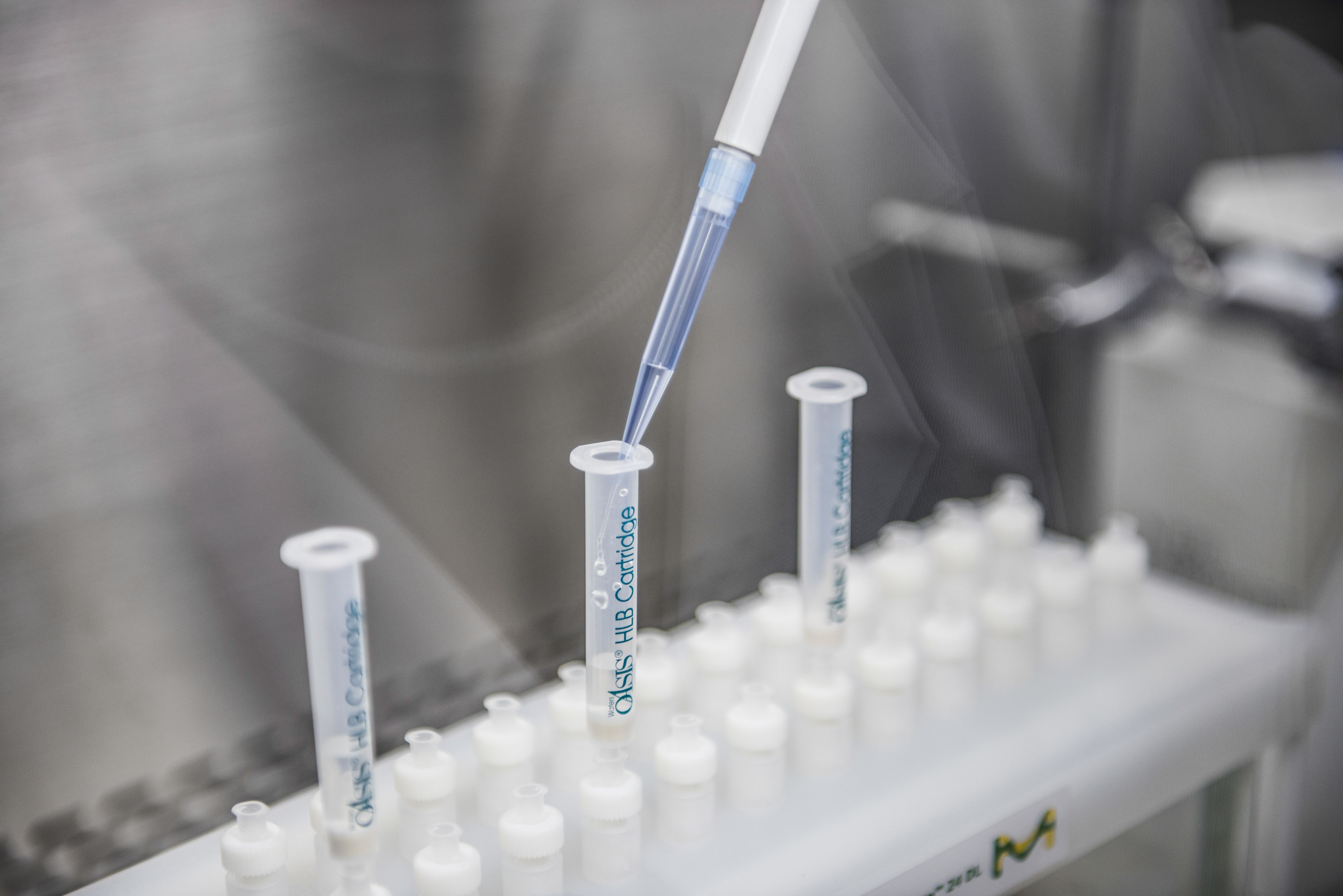
Water flows through the history of the city of Bath.
Located in the UK’s South West, the UNESCO World Heritage Site grew up around its natural hot springs, turned into public baths by occupying Romans who believed in their health-giving properties. Now, research into the future of water – and its impact on the health of entire communities – is again putting the city, and the work of academics at the University of Bath, on the map.
For the past 15 years, experts at the University, led by Professor Barbara Kasprzyk-Hordern, have been developing a new public health tool – one that relies on the water flushed into our sewage systems each day.
Known as wastewater-based epidemiology, or WBE, it is a practice that is proving itself as a key tool in the future of public health, with potential to quickly detect exposure to hazardous chemicals, use of illicit drugs, levels of anti-microbial resistance – and crucially, outbreaks of disease.
What is WBE?
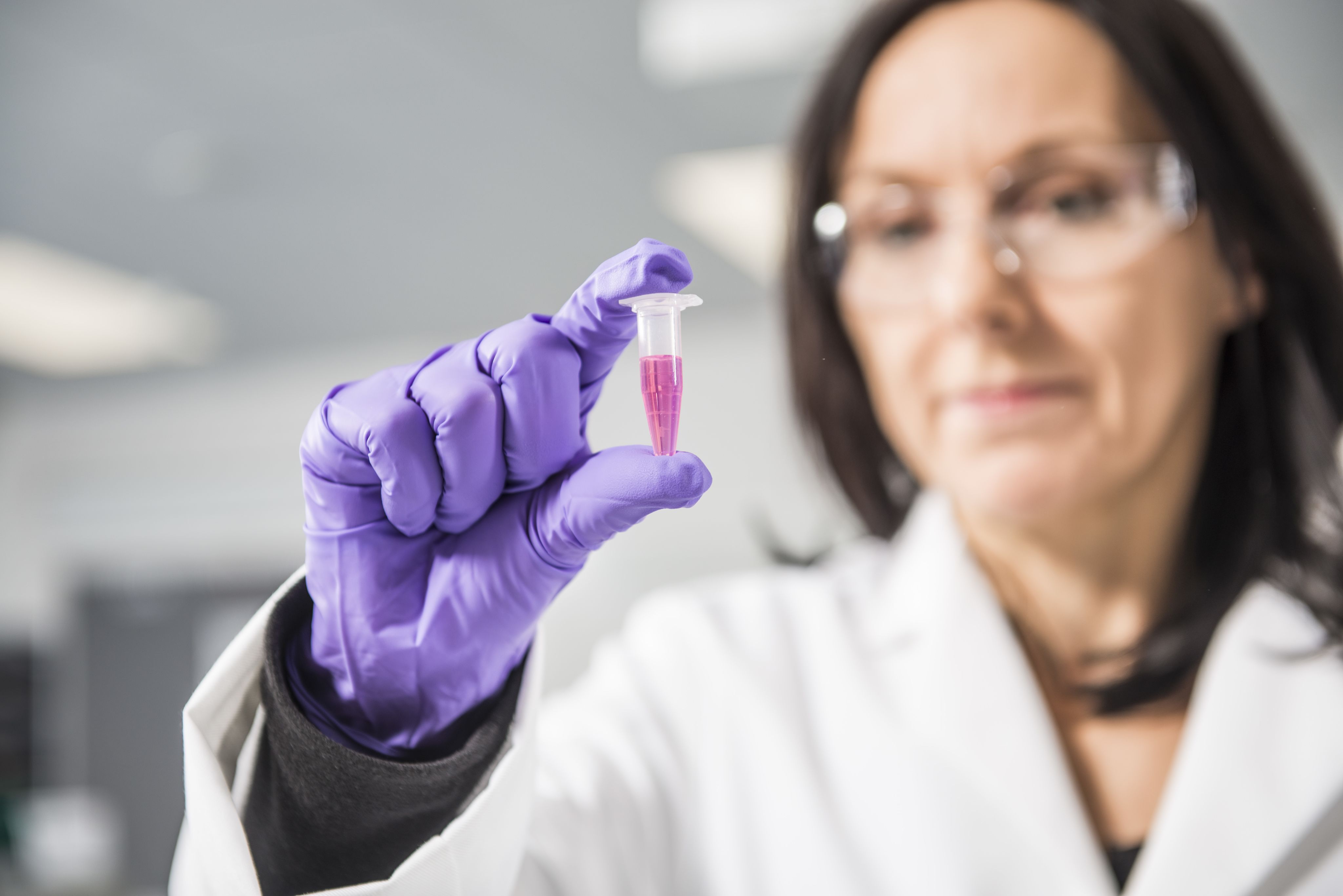
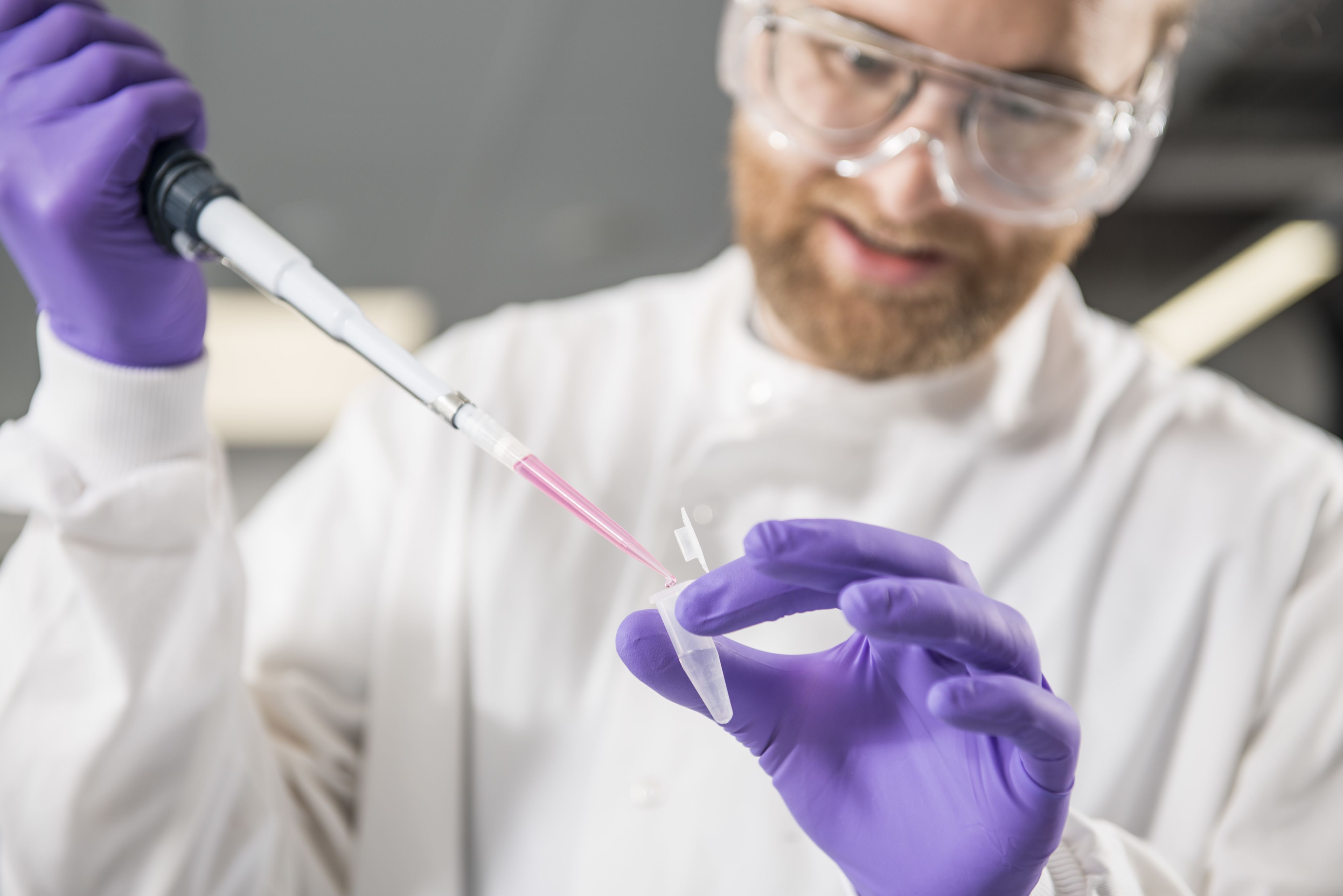
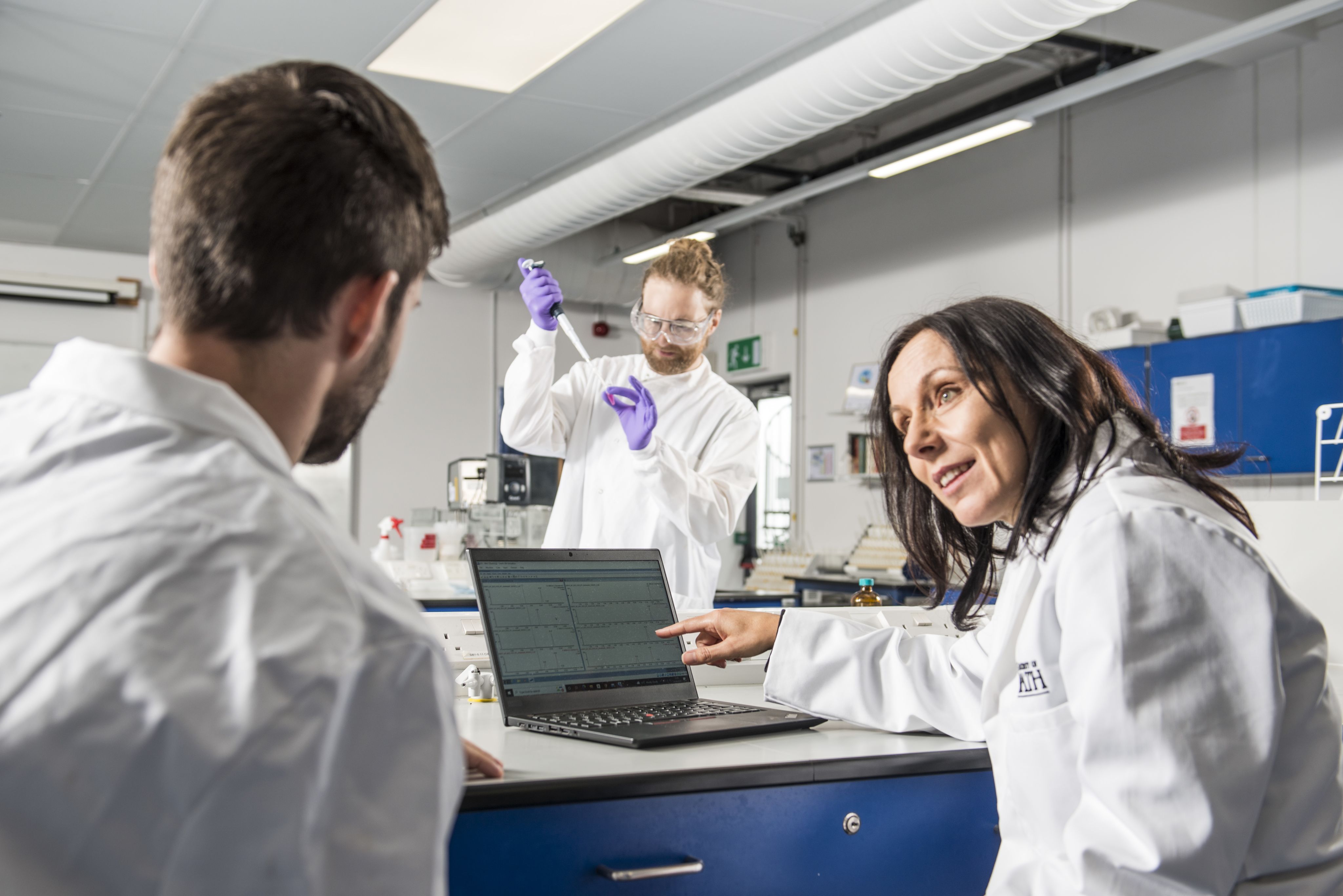
Wastewater-based epidemiology is explained simply: by studying the contents of water outflows from a community, you can draw conclusions on the health of the people in it.
It is a powerful One Health approach that has the potential to be used to tackle a wide-ranging number of health issues, including tracking the spread of new epidemics, monitoring use of prescription medication or illicit drugs, measuring exposure to alcohol or tobacco, or even identifying which chemicals or pesticides people have ingested via their food.
WBE rose to a new level of prominence in 2020, when the COVID-19 pandemic focused the spotlight on emerging and innovative public health monitoring techniques. The process’s potential as an early-warning system for disease outbreaks was recognised through several major funding awards to develop sampling, testing and scientific modelling methods to be adopted by government agencies and scientists across the UK, and around the world.
The process can be used to analyse samples of wastewater from whole communities for hundreds of chemicals, either markers for health and disease, or indicators of human exposure to hazardous chemicals that can adversely affect health or the environment.
Prof Kasprzyk-Hordern, co-director of Bath’s Water Innovation and Research Centre, says WBE has benefits over conventional public health monitoring: “The trouble with monitoring public health using traditional epidemiology studies is that they rely on people filling out surveys or providing samples.
"Analysing wastewater is a bit like taking a pooled, very diluted, urine sample of a whole community. It therefore gives a fingerprint of that community’s collective health and lifestyle. The beauty of it is that the data is comprehensive, subjects are anonymous, and with enough resources, it can be collected and processed continuously and close to real-time."
How it works
Water samples are taken from rivers or wastewater treatment works. How the water is sampled depends on the research question being investigated, but generally this takes place every 10-30 minutes over a 24-hour period, before being pooled to give a composite for analysis. Samples can be taken daily, weekly or even over several years to identify trends.
After filtering out solid particles, the chemicals of interest must be separated from the wastewater. These markers are usually present in tiny trace amounts, meaning most of the sample must be removed.
The team does this by passing the sample through a column containing polymer or silica beads that have molecules attached which bind the specific chemicals being studied – while allowing the rest of the water to flow through.
Once the whole sample has passed through the column, the chemicals attached to the beads are removed, or eluted, using various solvents, concentrating the sample. This can then be analysed using Liquid Chromatography-Mass Spectrometry (LCMS).
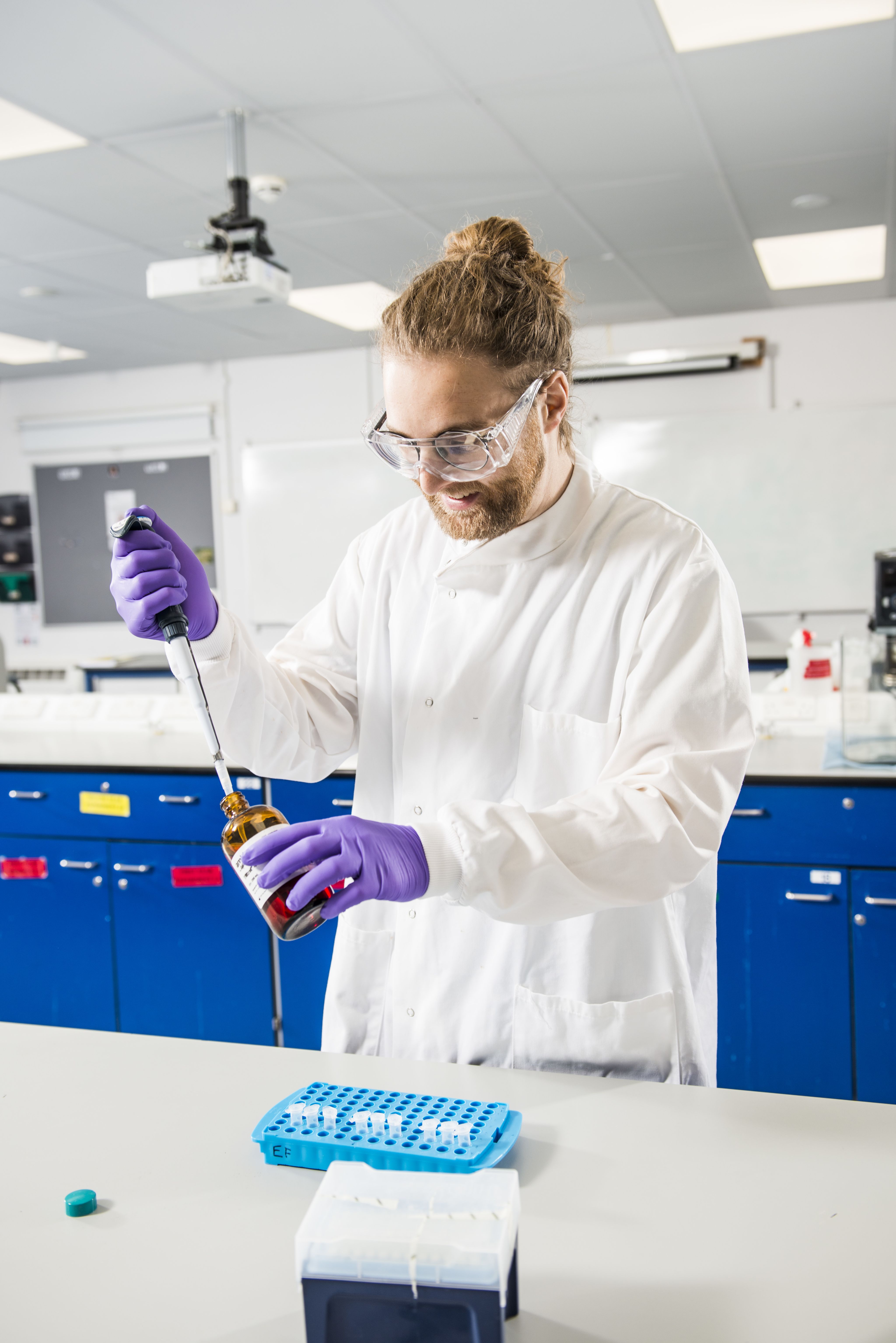
This process can identify each constituent chemical by its unique fingerprint, as well as quantify the amount present in the sample.
Prof Kasprzyk-Hordern says: “Sometimes we do targeted analysis of a particular analyte, such as an antibiotic or drug molecule. We have developed methods that can analyse more than 100 targets simultaneously which saves time and resource and is critical for comprehensive biomarker profiling.
“Alternatively, we can collect full mass spectra followed by retrospective data mining and suspected or non-targeted screening to allow full water profiling.”
A mass spectra repository has been established at Bath to allow retrospective analysis. Prof Kasprzyk-Hordern explains: “We can work with historical data to understand the changing patterns of antimicrobial agents use and linked antimicrobial resistance. The technique is sensitive enough to detect traces of very small molecules such as pharmaceuticals, right up to large molecules like proteins. Whole bacteria or viruses can also be identified with mass spectrometry techniques.
“As well as detecting the chemicals themselves, we can also detect the biomarkers of exposure to these chemicals, so we can distinguish between chemicals that are present in the environment and which ones have passed through a human body.”
This is particularly useful when estimating a population’s exposure to environmental contaminants such as household chemicals that might be linked with certain diseases such as cancer or diabetes, chemicals present in personal care products that are suspected of endocrine disruption activity or antimicrobial resistance, food contaminants such as pesticides, pathogenic organisms, and lifestyle chemicals including pharmaceuticals.
It can also be used as an early warning system to monitor the spread of infectious diseases and antibiotic resistance.
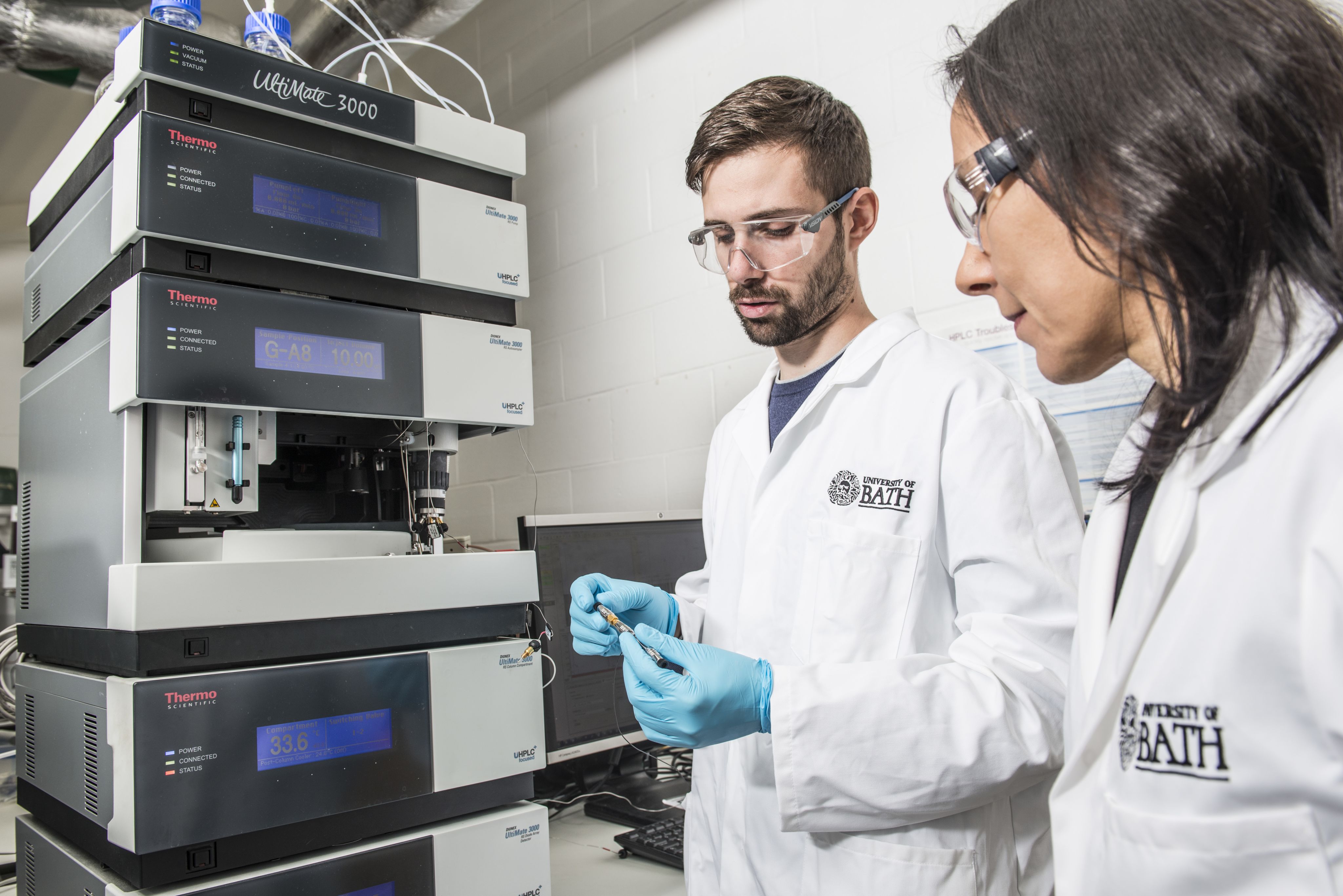
International links
The potential for using WBE as a disease monitoring tool lent renewed impetus to some of Prof Kasprzyk Hordern’s Environmental Chemistry and Public Health Research Group’s longest-standing collaborations, particularly during the COVID-19 pandemic.
As well as its work supporting the UK’s public health bodies, WIRC has collaborated with colleagues at Stellenbosch University, South Africa, and the University of Lagos, Nigeria, to develop WBE capability in Africa.
Professor Gideon Woolfardt, professor in Microbiology ERWAT Chair in Water Management, and Director of the Stellenbosch University Water Institute, says: “Our team, as well as a number of our South African partners, such as the City of Cape Town and ERWAT (Ekurhuleni Water Care Company) greatly benefitted by Bath’s expertise and collaboration.
“These projects extended our experience and served as an excellent vehicle of knowledge transfer to Southern Africa, which in turn positioned us to secure international and local funding from agencies such as the Water Research Commission, the Medical Research Council, and a Research Chair in Public Health at Rand Water, one of the world’s largest bulk water suppliers.
“The participation of Prof Kasprzyk-Hordern's team in our local initiatives applying Wastewater-Based Epidemiology to track the spread of Covid at the residences of our two University campuses further enabled us to establish a reliable system that served as an important guide for the University’s management.”
Dr Temilola Oluseyi, of the University of Lagos Department of Chemistry, led the work in Nigeria. She said: "Lagos has a population of over 20 million people, with many residents living in slums and informal settlements scattered across the city.
“With a WBE early-warning system put in place in Lagos, timely intervention and evidence-based decision making will provide key recommendations that other developing countries can adopt in terms of preparedness for infectious disease outbreaks."
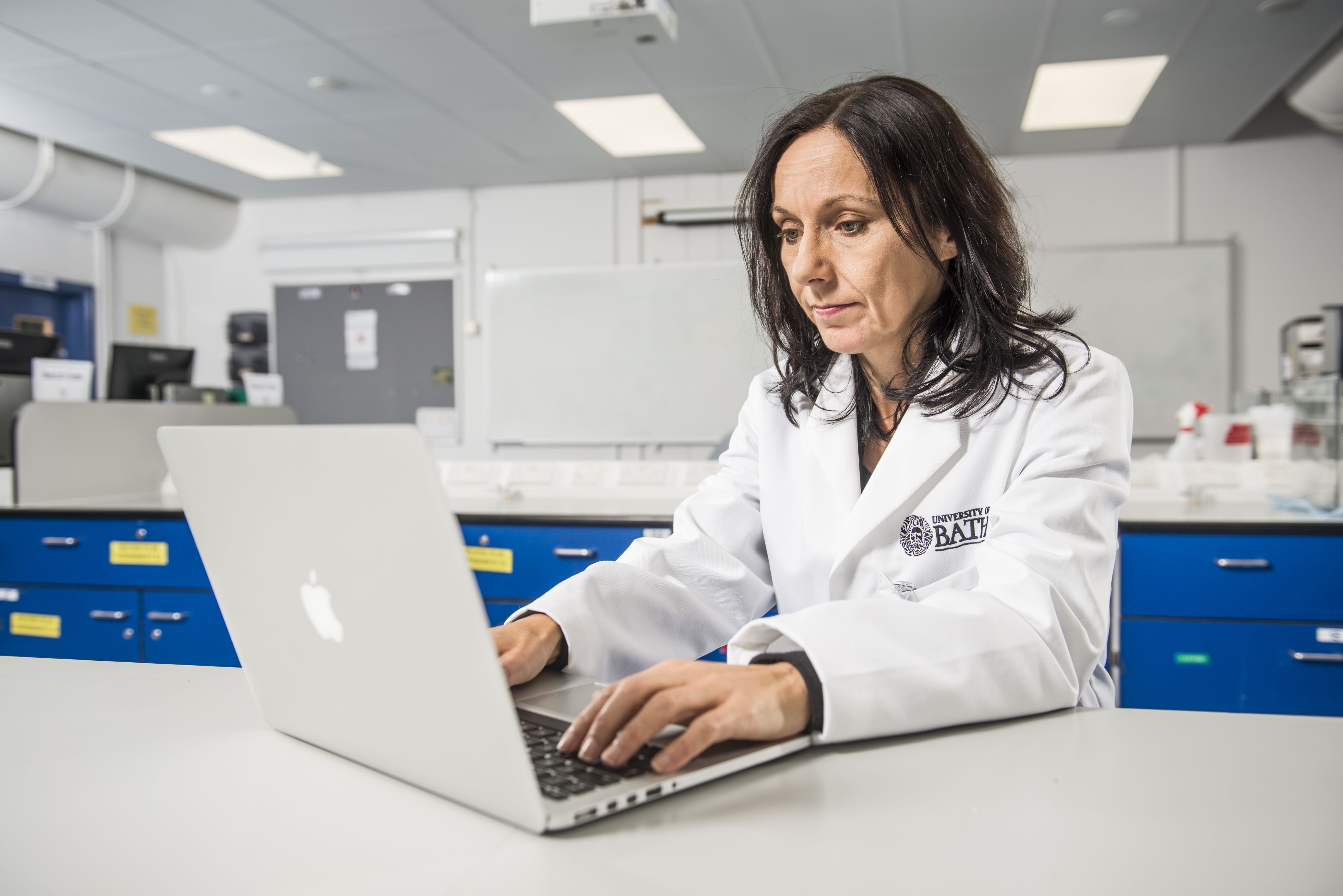
The future
Beyond the immediate potential of WBE, the University of Bath is also looking to the future, with two major initiatives receiving backing and investment from UK funding bodies.
Firstly, the University of Bath is set to become home to a new centre of excellence designed to push the boundaries of the practice. Following this, the WBE experts of the future are to be trained at Bath, with the recent news of a new Centre for Doctoral Training being set up.
WBE@Bath Centre of Excellence
The new £13 million Centre of Excellence in Water-Based Early-Warning Systems for Health Protection (WBE@Bath) will set out the roadmap for, and develop, a public health surveillance system to detect outbreaks of diseases.
An £8.4 million investment in the Centre was announced in January 2024 by Research England. The full cost of the project will total £13 million including contributions from the University of Bath and partners.
A key element of the Centre will be its ‘Urban Living Lab’, which will comprise state-of-the-art analytical capabilities including a digital water-sensing platform and testing infrastructure designed to provide low-cost and real-time community-wide profiling of population health and the environment.
Professor Kasprzyk-Hordern adds: ““Our urban living lab will enable testing of new approaches and tools aimed at better understanding of how diseases spread, the risk of exposure to hazardous chemicals and how to develop more effective interventions and management strategies.
“COVID-19 demonstrated how the successful management of disease outbreaks is critically dependent on real-time, cost-effective and comprehensive surveillance systems enabling testing of whole communities, irrespective of location.
“Our research over many years has shown the transformative potential of using wastewater-based epidemiology to give us a crucial tool in detecting future epidemics before they happen. Our work over the next five years will raise the bar for the potential of this tool and its future impact on global health.”

RED-ALERT training centre
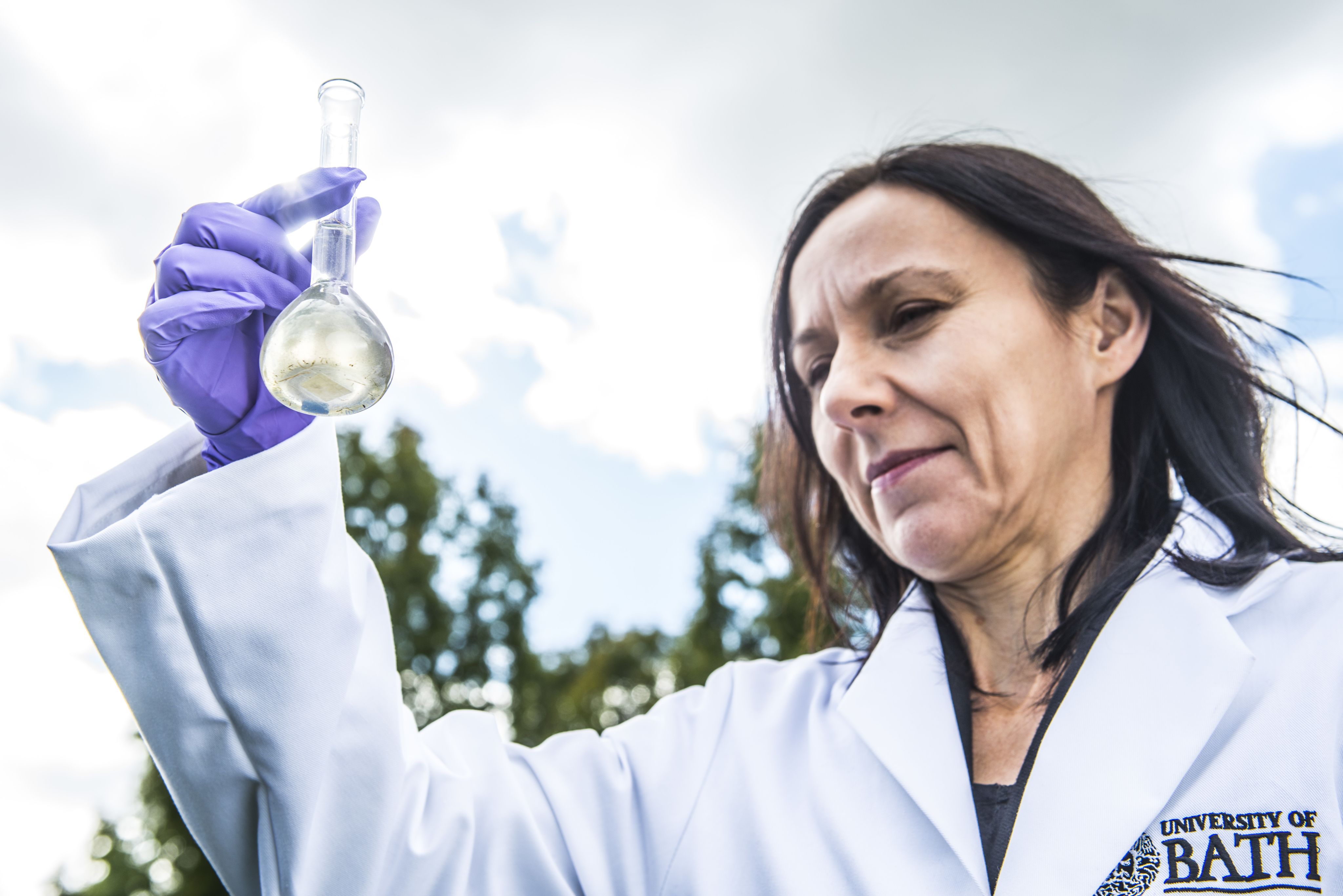
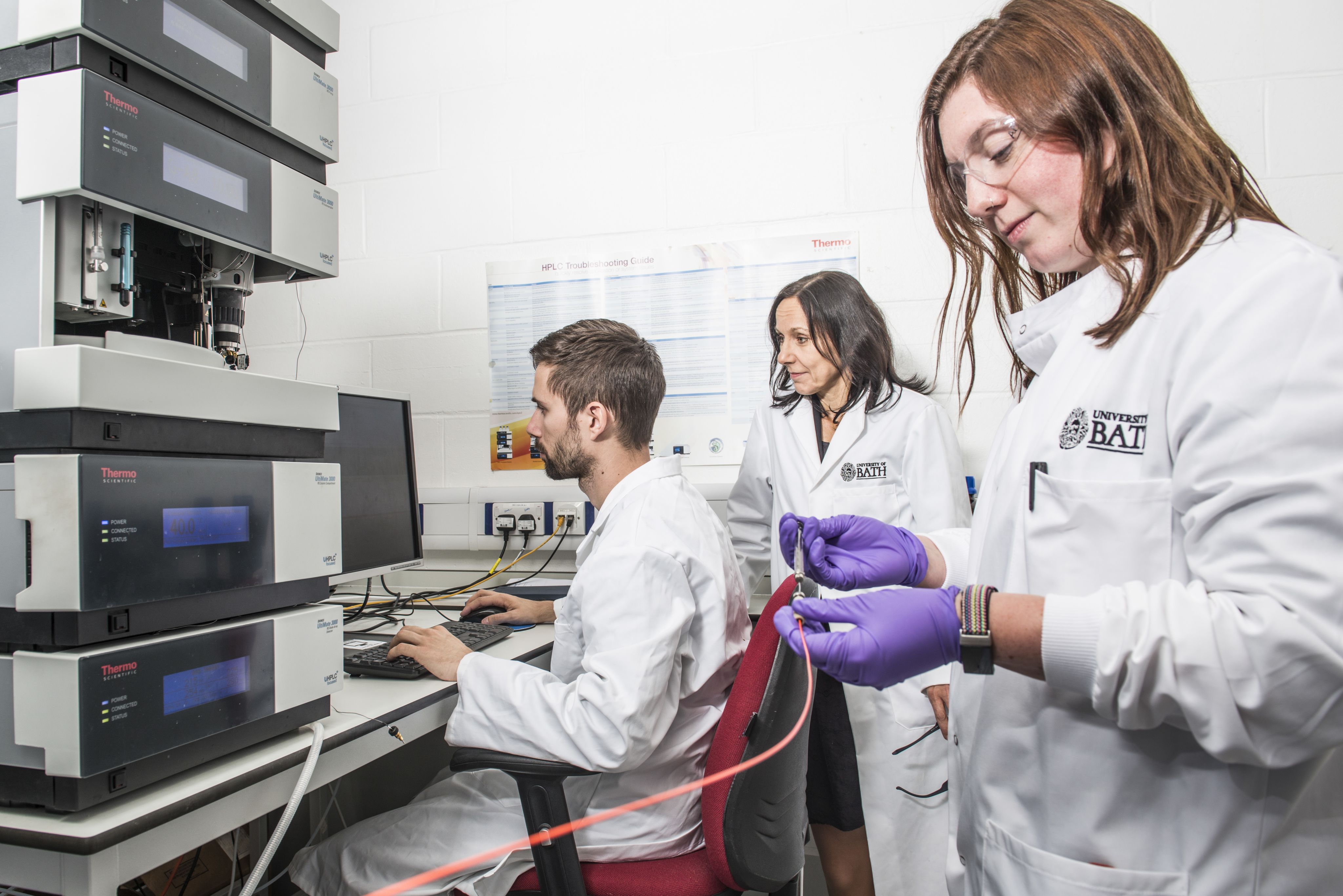
From October 2024, the Centre for Doctoral Training in Real-Time Digital Water-Based Systems for Environmental Health Protection, set to be known as the RED-ALERT CDT, will train a new generation of leaders to transform how aquatic environmental health is monitored and managed, via Real-Time Digital Water-Based Systems.
Prof Kasprzyk-Hordern will lead RED ALERT, alongside partners from the universities of Bangor, Cardiff and Exeter, and the UK Centre for Ecology and Hydrology.
Made possible by £2.66m of funding from the Natural Environment Research Council (NERC), which will also fund three further linked CDTs at other UK universities, the CDT is design to boost UK expertise in flood prevention, wetland restoration, and critical minerals.
Training within RED-ALERT will focus on challenge-led multidisciplinary research and problem-solving skills. Leveraging nationally leading research facilities, international networks and whole system "Living Labs" to provide the in-depth knowledge and breadth of understanding, it will enable a step-change in managing environmental health.
Water-based epidemiology will be one of the CDT’s key focuses, aiming to train the next generation of practitioners in order to grow the talent pool capable of carrying out, analysing the reacting to the methodologies developed at Bath.
Professor Peter Liss, Interim Executive Chair of NERC, said: “This investment by NERC will equip the next generation of environmental science researchers with the technical and professional skills to tackle some of the key challenges facing the UK.”
Professor Kasprzyk-Hordern says: “I’m extremely pleased that we can start this unique programme focused on training a new generation of experts in cutting-edge digital water-based early warning systems for environmental and public health protection.
"We will work closely with partners spanning government, water companies, NGOs, sensor/information systems and chemical industries. Our unique training programme will involve challenge-led multidisciplinary research and training, equipping students with unique skillsets critically needed to transform environmental health management."

This content was paid for and created by The University of Bath. The editorial staff of The Chronicle had no role in its preparation. Find out more about paid content.


